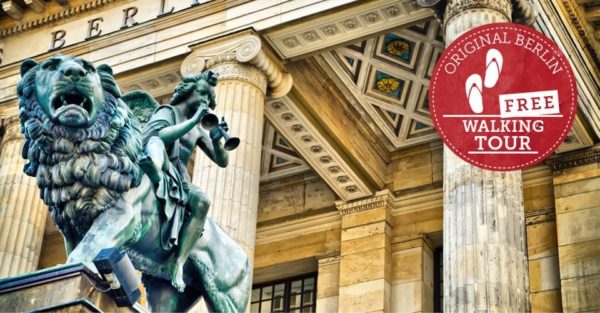Speaking of historical landmarks, there are none more important and influential as the Berlin Wall. Constructed at the time of the Cold War, this architectural wonder has stood for the two worlds – the communistic east and the USA meaning capitalist west – and democracy and totalitarianism. However, this article will provide insight about the construction of Berlin Wall focusing more on why and how it was built, and on the devastation it caused to the people of Berlin and indeed the entire world.
Origins and Historical Context
That means that the creation of the Berlin Wall has its roots much earlier than their construction. In the aftermath of World War II, Germany was divided into four occupation zones controlled by the victorious Allied powers: four major powers among them the United States of America, the USSR or the Soviet Union, Great Britain and France. Like the rest of Germany, Berlin was split into four sectors with the city located in the deepest part of the Soviet zone.
Increasingly as the ideological division between the Western nations and the Soviet Union deepened so did internal conflict in the city. The Cold War was in full swing and Berlin was the centre of spy activities, political intrigue at the same time people sought refuge from the cast to the west.
The Construction Begins
The construction of the Berlin wall was a decision made secretly in the upper power of the soviet government. After receiving the order on the morning of 12 August 1961, construction was started at night secretly. At first it was coils of barbed wire and stockades but quickly developed into a concrete wall, more than 155 kilometres (96miles) long that split the city of Berlin in two.
The above main intention for the construction was to reduce cases of East Germans emigrating into West due to its economic stability. When the general standards of living declined and the availability of jobs suffered in the Eastern Bloc, the desire to live in a more prosperous society led thousands of East Germans into West Germany. This exodus effected the economy of East Germany and was also destabilising for the Soviet dominated regime.
Life with the Wall
We will also see that construction of the Berlin Wall was one of these initiatives which divided the lives of Berliners into before and after. Loved ones were separated as lives as members of their families were forced to cross a wall of concrete and barbed wire. Overnight, a city that was once united became two distinct entities: East Berlin and West Berlin.
Later years saw this wall gaining popularity as the symbol of oppression ans isolation. Soldiers guarded it, and these slowed would cross the bar by any means necessary. The wall had also an important role of propaganda, addressing the success of socialism and the faliure of capitalism to the outside world.
The Fall of the Wall
The physical division had been in existence for almost three decades before the collapse of the Berlin Wall in August, 1989. But as the years of the 1980 started to unfold, tensions for the Soviet Union and its satellites began to mount. During the leadership of Gorbachev the Russian Federation sought to increase the openness and restructure their government system with a campaign known as glasnost and perestroika.
During the late 1980s the Soviet Union began pulling out of Eastern Europe which paved way for several liberalist movements within the region pushing for democray and human rights. People took to the streets of East Berlin, and other parts of Eastern Bloc in non-violent demonstrations, wanting more freedom of speech.
This important symbolic barrier – The Berlin Wall was brought down at the break of November 9, 1989. Joyful crowds of East and West Berliners over topped the wall and transformed the dividing barrier into a reunification token. The breaking of the Berlin Wall played an essential role in working towards the of the Cold War and the Germany.
Legacy and Remembrance
Today one can traces parts of the Berlin Walling which was characteristic of the divisions” [University of Washington par6]. Split along the East Side and painted over, the open-air gallery of the Gallery Wall is visited by millions of people every year. Ironically, it is now considered as the symbol linked to the victory of people’s spirit as well as the constant fight for freedom.
In the last, with the construction of the Berlin Wall in 1961, that history was bookmarked. It is a vivid portrayal of political setting as a world was combating the vice known as COLD WAR and the physical separation of the city of BERLIN into two parts, the EAST and the WEST. This was immediately followed by dramatic events that year when the wall itself came down symbolising separation of a city and a nation came to an end. This is a powerful and very inspirational story of the Berlin Wall that tells how people are fighting for freedom all the time.
Table of Contents

